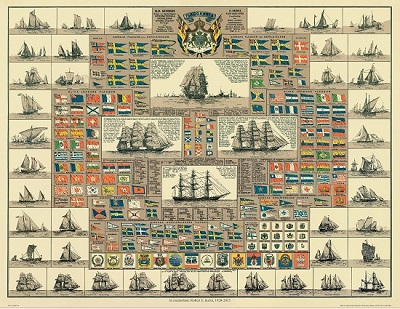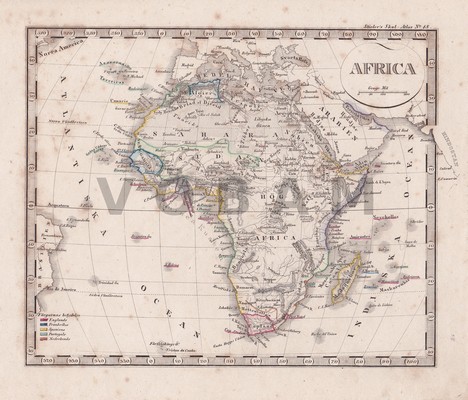Född 1801 26/2 i Stockholm, död 1830 21/8 i samma stad (Klara).
Kopparstickare. Son av skomakaren Johan Gustaf F. Och Brita Ulrika Sundberg. Elev av kopparstickaren och kartgravören Carl Gustaf Lundgren.
Bland arbeten.
A. J. DE ROSNY, Geografisk karta öfver Europa, u. o. o. å.: 7 blad.
Jordglobskarta.
Hultmark, 1944.
SURHON[IUS] [SURHONIO, SURCHON-], JEAN and JACQUES.
Cartographers, goldsmiths and engravers, b. Mons.
Bland arbeten.
Hainault 1548 (used by Ortelius 1579.
Hondius 1633).
Luxembourg 1551.
Namur 1553.
Artois 1554.
Picardy 1557 (used by Ortelius 1559).
Vermandois 1577 (used by Blaeu 1631).
Tooley.
1675-1726. Född och död i Paris.
Fransk geograf och kartograf. Han fick sin utbildning hos sin far, historiken Claude de Lisle, som även var geograf. 1699 gav han ut en världskarta, kartor över de 4 världsdelarna och två glober, en över jordklotet och en över himlen. Runt 1700 kom hans 'Atlas Nouveau' som innehöll 24 kartor. Senare utgåvor kom ca 1730 med 54 kartor, 1733 och ca 1745 utökad till 116 kartor. Han blev 1702 invald i L'Académie Rle de Sciences och blev 1718 Premier Geographe du Roi. Han var vän till Peter den Store som gav honom upplysningar om Ryssland. De Lisles kartor blev i stor utsträckning efterliknade av samtidiga och senare kartografer, till viss del grovt plagierade. Han gjorde sig även gällande som författare. Förutom talrika avhandlingar i tidskrifter utgav han bl.a. 'Observation sur la variation de l'aiguille aimantée' (1710) och 'Justification des mesures des anciens en matière de géographie' (1714). Hans verk fördes vidare av Phillippe Buache (1700-73).
Guillaume De L'Isle (1675-1726) is probably the greates...
Bland arbeten.
Atlas Nouveau.
Observation sur la variation de l'aiguille aimantée.
Justification des mesures des anciens en matière de géographie.
Lönborg, s. 143f. - Nouv. biogr. gen
Amiral Häggs flaggkarta. - Stockholm 1888.
Africa. - 1800-talets mitt.



